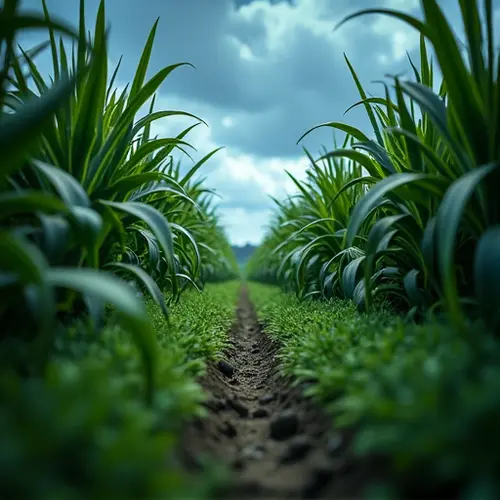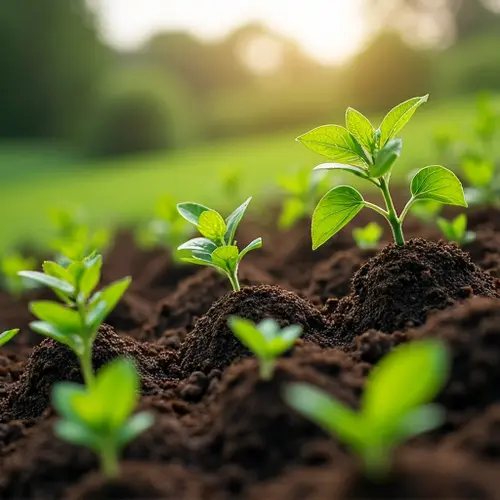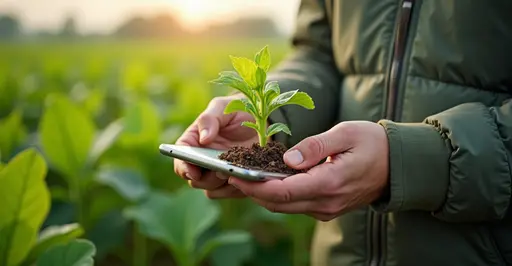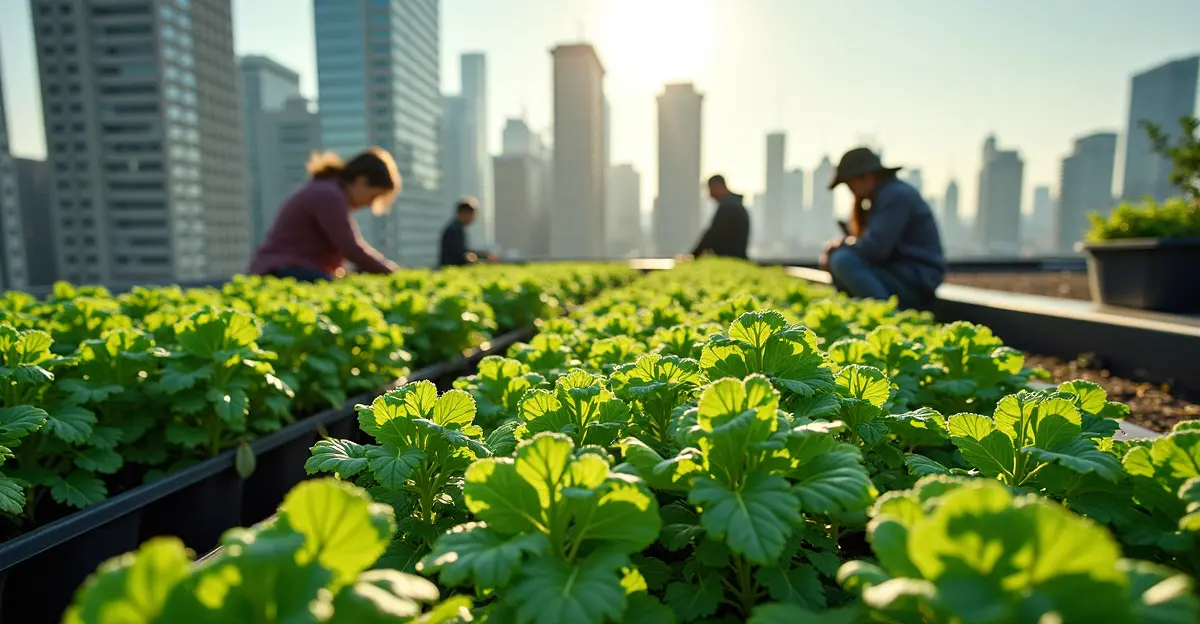
IoT Revolution in Agriculture: Smart Sensors Transform Farming Practices
The agricultural sector is witnessing a technological revolution as Internet of Things (IoT) sensors are being deployed across farms worldwide, delivering unprecedented improvements in crop efficiency and resource management. These smart devices are helping farmers optimize irrigation, fertilizer application, and overall crop health monitoring.
How Smart Agriculture Sensors Work
Modern IoT sensors for agriculture collect real-time data on soil moisture, temperature, humidity, nutrient levels, and plant health. These devices are typically wireless and can be deployed across large fields, transmitting data to cloud platforms where farmers can access insights through mobile applications or web dashboards.
The sensors use various technologies including:
- Soil moisture sensors that measure water content at different depths
- Nutrient sensors that detect nitrogen, phosphorus, and potassium levels
- Weather stations that monitor temperature, humidity, and rainfall
- Multispectral cameras that assess plant health through NDVI (Normalized Difference Vegetation Index)
Significant Efficiency Improvements
Farmers using these smart agriculture systems report water savings of up to 30% through optimized irrigation scheduling. Instead of following fixed watering schedules, farmers can now water crops based on actual soil moisture levels and weather conditions.
Fertilizer usage has also seen dramatic improvements. Precision application based on real-time nutrient data has reduced fertilizer waste by 25-40% while maintaining or even improving crop yields. This not only saves costs but also reduces environmental impact from nutrient runoff.
Economic and Environmental Benefits
The adoption of smart agriculture sensors is creating substantial economic benefits for farmers. Early adopters report return on investment within 1-2 growing seasons due to reduced input costs and improved yields. The technology is particularly valuable in regions facing water scarcity or where fertilizer costs are high.
Environmental benefits include reduced water consumption, minimized chemical runoff into waterways, and lower carbon footprint from reduced fertilizer production and transportation.
Market Growth and Future Trends
The global smart agriculture market is experiencing rapid growth, with projections indicating it will reach $22 billion by 2025. Major technology companies and agricultural equipment manufacturers are investing heavily in developing integrated solutions that combine sensors, drones, and artificial intelligence.
Future developments include the integration of machine learning algorithms that can predict crop diseases before they become visible, autonomous irrigation systems that respond to weather forecasts, and blockchain technology for supply chain transparency.
Challenges and Adoption Barriers
Despite the clear benefits, adoption faces challenges including initial investment costs, technical complexity for traditional farmers, and connectivity issues in rural areas. However, government subsidies and educational programs are helping overcome these barriers.
As technology costs continue to decrease and connectivity improves, smart agriculture sensors are becoming accessible to farms of all sizes, from small family operations to large commercial enterprises.

 Nederlands
Nederlands English
English Français
Français Deutsch
Deutsch Español
Español Português
Português







